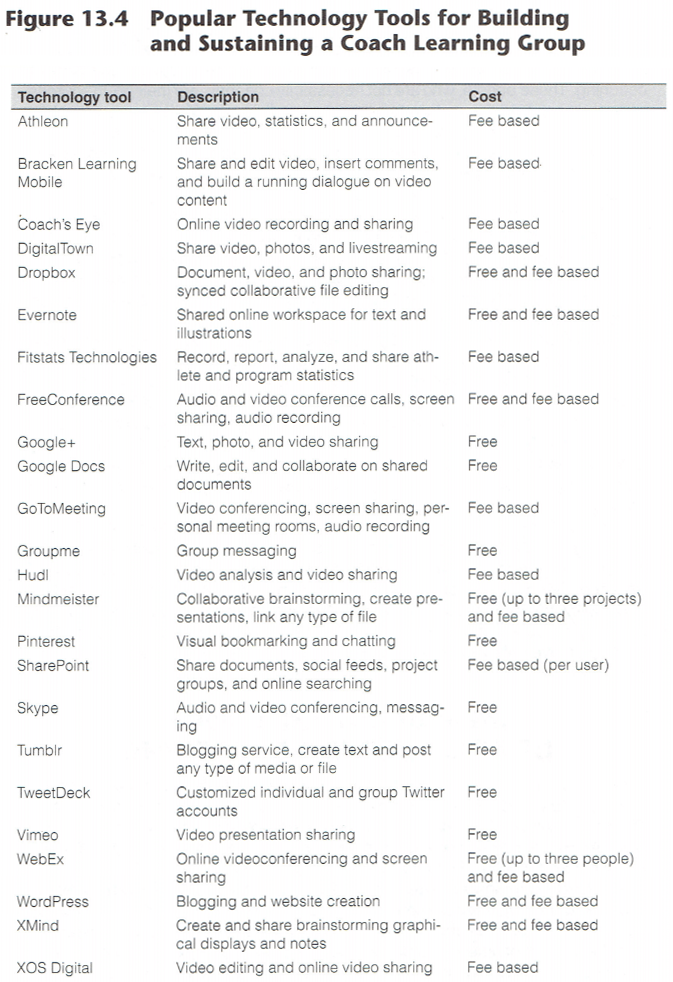By: Wade Gilbert
Originally Published in: Coaching Better Every Season
Provided by: Human Kinetics
How will you know whether all the time and effort invested in working with a coach learning group results in strategies that close high-impact performance gaps? The only way to know whether the strategies are effective is to collect and review data. As Hall of Fame championship rowing coach Jan Harville states, "You will make better decisions if you follow a systematic process."
The best approach for evaluating the effect of collaborative learning efforts is one that gives the coach meaningful and sufficient data on which to make an informed decision. The choice of a method will depend on the coach's resources and the amount of time available for testing and evaluating coaching strategies.
A coach might decide to try comprehensive data collection and analysis strategies like the competitive cauldron approach described in chapter 7 of this book. On the other hand, simply recording personal observations in a notepad and then debriefing them with members of the coach learning group may be sufficient.

The ability to conduct and analyze coaching strategies developed through collaborative learning hinges on persistence. Successful coaches have the mental and physical conditioning to weather the frequent setbacks and dead-ends that occur while testing coaching strategies. The collaborative learning effort must continue until the high-impact performance gap is satisfactorily resolved; otherwise, the issue will continue to detract from athlete, team, and coach performance. How long are successful coaches willing to engage in a collaborative learning effort? The simple answer is, as long as it takes.
For example, successful high school basketball coach Hank Bias spent eight years systematically testing coaching strategies designed to close high-impact performance gaps. Through his own initiative, he was fortunate to have none other than Coach John Wooden as a member of his coach learning group.
The study that I coauthored on his multi-year collaborative learning efforts shows the power of collaborative learning groups when the group has the will to persist until evidence of improvement is measurable. Recall from the discussion in chapter 7 of this book that Coach Bias' teams steadily improved their winning percentage over his 8-year collaborative learning process from 29 percent to 62 percent. His persistence in performing systematic testing of coaching strategies developed through the coach learning group resulted in the best 5-year winning record for the boys' basketball program in over 80 years.
Near the end of the study Coach Bias shared three specific strategies he used throughout the collaborative learning process to track evidence of progress.
- Made notes on the back of my file cards if a drill was inappropriate for the intended goal; made a tally as to how many repetitions of each offensive or defensive set to try to add up to 100; Wooden's rep rule he told me about.
- Asked questions of players, staff, and guest observers. Reviewed each practice mentally afterwards to see how it could improve. I was super conscious of all the things that came out of my mouth that were not instruction or information related or took too long.
- Monitor. I allowed the clock to monitor how on-task I was becoming during practices. I had a checklist of overall drills, etc. for the season and the day that I would check off as I made a lesson for the day.







